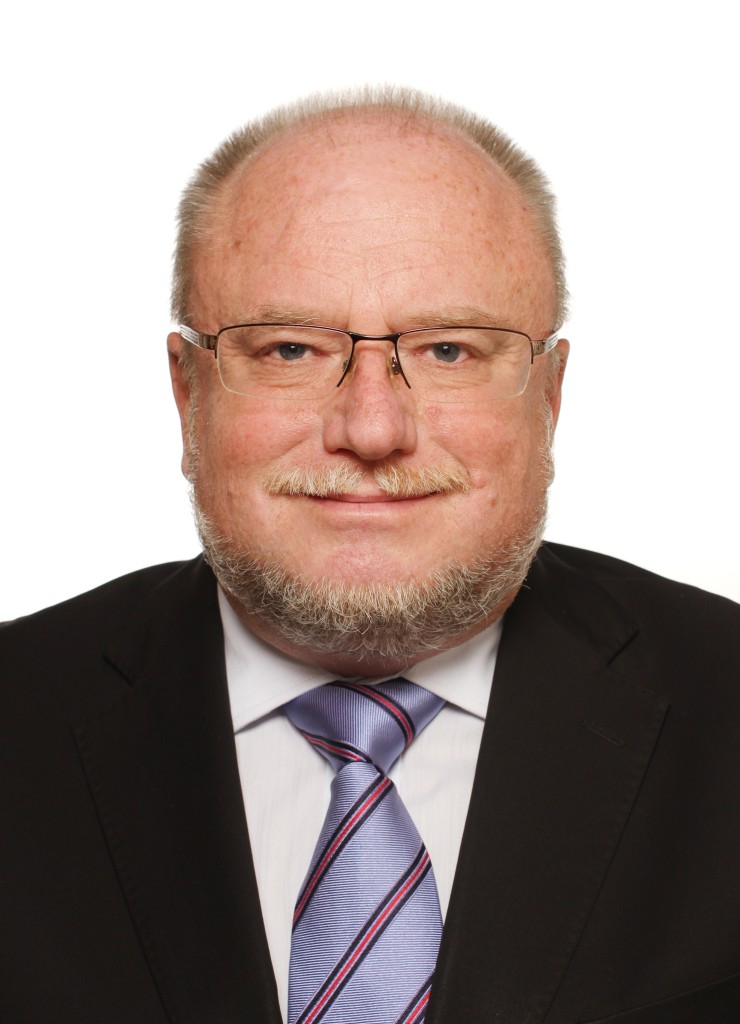
About three years ago our magazine brought an article where it was announced that, at the end of the financial crisis, experts again returned to the table the theme of high- speed trains in the Czech Republic. Now we can assess what has happened during this short period of time.
A considerable progress has really been made, which should be hardly possible without a broad political support covering almost all political parties of the House of Deputies, which found its expression also in several resolutions of its Economic Committee. This gave a decisive impetus to the Government to approve the Rapid Services Development Programme in the Czech Republic in May 2017 as the decade-awaited strategic document paving the way towards a new and ecologically favourable system of long- distance passenger transport. The future Rapid Services network should play a binary role: to mutually link major national centres of population as well as incorporate the country into the existing and developing international high speed network. The international connection has already been negotiated in bilateral relations, and was also embodied in a declaration of the Visegrád group of countries: Czechia, Poland, Slovakia and Hungary.
The network of the Rapid Services should consist of classical high-speed lines (with a speed over 250 kmph) and conventional upgraded lines of higher parameters (160 – 250 kmph). The lines should run along the following axes: Prague – Dresden – Berlin, Prague – Brno – Vienna, Prague – Pilsen – Munich and Brno – Ostrava – Warsaw. A high-speed line should e.g. allow to cover the distance of about 200 km between the two largest cities, Prague and Brno, in a less than an hour. The total cost of the network is to amount over CZK 600 billion (EUR 23 billion) and it should be accomplished during about 20 years.
The recent stage until 2021 is devoted to the elaboration of feasibility studies of individual lines that are to find the most convenient routes, determine their urbanistic, ecological and territorial features and assess their extent
of total costs and the cost-benefit ratio. The aggregate of results of the feasibility studies is then to be integrated into a final network- shaped complex. Some sections of the lines in the vicinity of larger cities like Prague, Brno and Ostrava, the route of which is already fixed and without serious conflicts, may be prepared for construction in advance as pilot projects to be constructed and put into operation about 2025.
Then a very complex zoning and negotiation stage for the rest of the network will follow, the contents of which will predominantly be formed by discussion with regions, municipalities and other stakeholders. It cannot be expected that everybody will be delighted to have a new track with frequent trains in or near to his or her backyard. The prerequisite of success when placing the route into the respective territory is to minimise negative impacts on both on the environment and on neighbouring settlements and businesses. This should be done with the help of supporting legislation containing also due compensation to seriously concerned persons. Only after this stage it will be possible to make all necessary preparations for the construction of first lines that should begin in the second half of the next decade. The first complete high-speed line, probably that between Prague, the town of Ústí nad Labem and Dresden, may be put into operation in the first years of the 30’s.
Even if we have the Rapid Services Development Programme many strategic issues are to be solved well beforehand. Beside the already mentioned supporting legislation (at least for the high-speed lines) it concerns e.g. the concept of direct trains and interchanges to connecting public and individual transport. If the high-speed trainsets are to switch to conventional lines those lines have to be thoroughly upgraded, and equipped with alternating current traction and compatible signalling and interlocking systems. Another task is to determine the standards for the stations where high-speed trains are planned to stop. The stations should enjoy full accessibility for passengers with reduced mobility, convenient disposition of transfer routes for public and individual transport, and – dependent on their significance and expected turnover of passengers – also information centres, high-quality waiting rooms, lounges, and accommodation, catering and shopping facilities. This will require in many cases a profound reconstruction and refurbishment of the existing historical station buildings or construction of brand new ones.
A special care must be taken of the structure and time schedule of financing. Even if a certain part of funds may come from European sources the decisive volume will have to come from Czech public budgets, the state budget in particular. The use of private sources like credits or public-private partnerships depends of their potential future repayment while they might be too expensive to be used for rough construction of tracks, bridges and tunnels (with the exception of several sections when it is imperative to finish the construction stringently within a shorter term and predetermined budget). The main role of private finance may be found particularly in introducing and operation of progressive technologies, exact train operation control, everyday preventive track maintenance, and also in station developments. Should the whole high-speed network be constructed in about 20 years, estimated CZK 30 billion (EUR 1.1 billion) in today’s prices is to be reserved on average per year for this programme, which is about three fourths of funds reserved today for the entire Czech railway. To ensure stable financing of the programme will be a challenging task in the situation when mandatory expense for social security and state officials’ salaries grow year after year.
By Emanuel Šíp
Partner at Allied Progress Consultants Association

